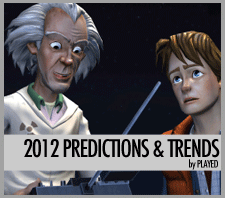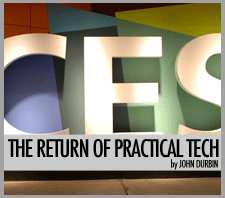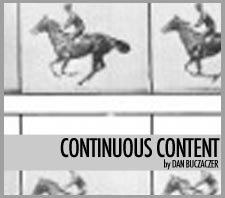WHY CROWDSOURCING IS NOT JUST FOR ADVERTISING
Posted by Chris Blumberg | July 5, 2011
Is it possible that crowdsourcing has become even trendier since we last spoke? In just the past six weeks, we’ve seen everyone from , non-profit organizations, , and auto manufacturers turn to the crowds for assistance. I’m scared to blink, for fear of missing the newest collaboration between a brand and their consumers. But for all of the hype, there is a level of redundancy to nearly every project announced. Despite the subtle twists, there is a common thread: a distinct focus on advertising.
Though a bit dated, my favorite example of collaboration has always been The GoldCorp Challenge. Frustrated with in-house analysis, GoldCorp published all of their geological data on the web, offering a total of $575M in prize money to participants who submitted the best methods and estimates for finding previously untapped gold deposits. GoldCorp received over 1200 submissions from individuals in 50 different countries. 110 new sites were identified, with 80% producing gold. 8 million ounces of gold was found, driving the company’s value from $100 million to $9 billion. All of this occurred despite the fact that many employees were pushing to abandon mining that particular location all together.
The GoldCorp challenge is a great example of leveraging the wisdom of the crowds to solve for a specific business problem. By publishing their data online, the mining corporation was able to get a fresh perspective from a wide variety of viewpoints. Traditional means couldn’t solve the problem at hand, and what the masses were able to bring to the table was an attack from a new viewpoint, using different technologies that GoldCorp employees would have never thought to use. Netflix is another great example of a brand leveraging global talent to solve an internal problem. It wasn’t a Netflix coder that came up with their proprietary movie recommendation algorithm, which generates an average of 30 billion predictions per day. It was a group of engineers that had never met in person sending emails back and forth.
As the above shows, it’s possible that the best solution to a difficult organizational problem may not come from someone inside the building. Yet another way to leverage the masses is not by having them focus on a single problem, but instead letting them point out what needs are going unmet. This can take multiple-forms, such as a new product, process, way of interacting with consumers, or a new business model all together. Take Starbucks for example. The coffee manufacturer built a social platform for consumers to interact with the brand, a place where registered users can suggest ideas relating to product offerings, in-store experiences, and community outreach. Since launch, it’s been consumers that have provided the inspiration behind the coffee giant. And the results? Head into any Starbucks and you’ll see Starbucks Petites and the Mocha Coconut Frappuccino on the menu. Both those ideas came from requests on My Starbucks Idea.
Collaboration with consumers provides a powerful tool for organizations, but as of today many are not maximizing their fan’s potential. Not to say that, when done correctly, a campaign focused on advertising can’t be an effective tool. But as Netflix and Starbucks have shown, the crowds can also solve for real problems that have a direct affect on bottom line. Additionally, these type of campaigns offer access to the top individuals, technologies, and expertise from across the globe. GoldCorp received submissions from over 50 countries; Netflix had registrants from over 150. These are somewhat dated examples, but they remain the gold standard and there is no reason we can’t continue down this path and start solving for problems that actually impact bottom line results. You never know where that next great idea may come from, but when you’re leveraging the talents of a global R&D department, chances are you won’t have to look far to find it.
Leave a Comment
RSS feed for comments on this post · TrackBack URI


